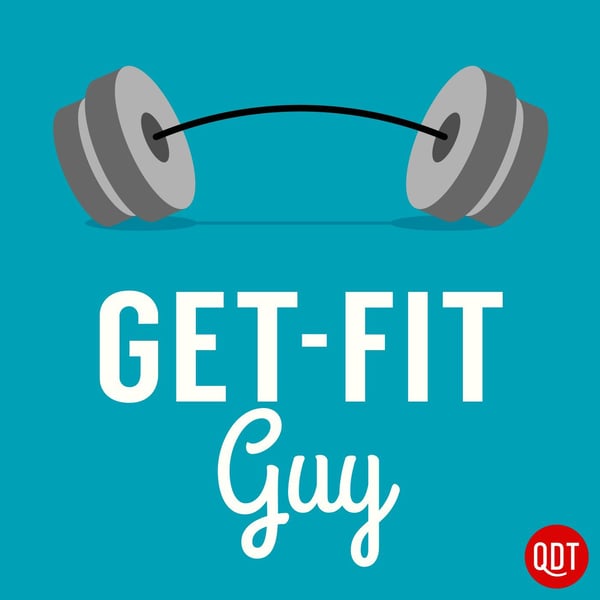Strength Training 101
Get-Fit Guy
Macmillan Holdings, LLC
4.6 • 746 Ratings
🗓️ 4 October 2022
⏱️ 8 minutes
🧾️ Download transcript
Summary
Transcript
Click on a timestamp to play from that location
| 0:00.0 | Hi, I'm Kevin Dunn, the Get Fit Guy, and I'm here to share my accumulated decade of knowledge in the |
| 0:10.6 | strength and conditioning industry with you to help you to become the best version of yourself. |
| 0:16.2 | This week, I want to talk about the basics or principles of program design for strength training. |
| 0:23.5 | The first thing we have to do when writing any program is identify whether or not we are |
| 0:28.6 | training a novice, an intermediate or an advanced lifter, because each phase of this training |
| 0:34.9 | life cycle will have a different approach and a different training |
| 0:38.1 | intensity, volume and prescription. An intermediate trainee will be one who has maxed out their novice |
| 0:45.7 | gains and now requires more complexity to training, while an advanced trainee will be in the same |
| 0:51.6 | category but will typically have a more sport-specific |
| 0:54.9 | goal like powerlifting as a strength-focused goal or triathlon as a longer aerobic type goal. |
| 1:02.5 | The more specific the goal, the more specific the training prescription will be, and typically |
| 1:07.6 | these will be built upon mastery of the novice phase. |
| 1:17.4 | Typically, novices want to focus on developing control or mastery of their motor patterns. |
| 1:23.3 | Motor patterns are what enable us to express all of the different ways we can move our bodies in space. |
| 1:30.3 | We talked about this briefly in my first episode, but there are six motor patterns and six degrees of freedom in space. The six motor patterns are core, lunge, squat, push, pull and hinge, and the degrees of |
| 1:39.8 | freedom are surge, sway, lift, pitch, roll and yaw. If we want to have mastery of our bodies, |
| 1:49.4 | we need to have some degree of control throughout these six patterns and degrees. It's really |
| 1:54.7 | important that we learn how to move our bodies correctly, because contrary to the popular statement |
| 2:00.0 | that practice makes perfect, when strength |
| 2:02.8 | training, perfect practice is the only thing which makes perfect. |
| 2:08.2 | If we practice movements in a non-perfect manner, we're going to develop muscle memory and |
| 2:13.3 | adhere to a pattern which is going to be non-optimal. Therefore, novices should prioritize mastering |
... |
Please login to see the full transcript.
Disclaimer: The podcast and artwork embedded on this page are from Macmillan Holdings, LLC, and are the property of its owner and not affiliated with or endorsed by Tapesearch.
Generated transcripts are the property of Macmillan Holdings, LLC and are distributed freely under the Fair Use doctrine. Transcripts generated by Tapesearch are not guaranteed to be accurate.
Copyright © Tapesearch 2025.

